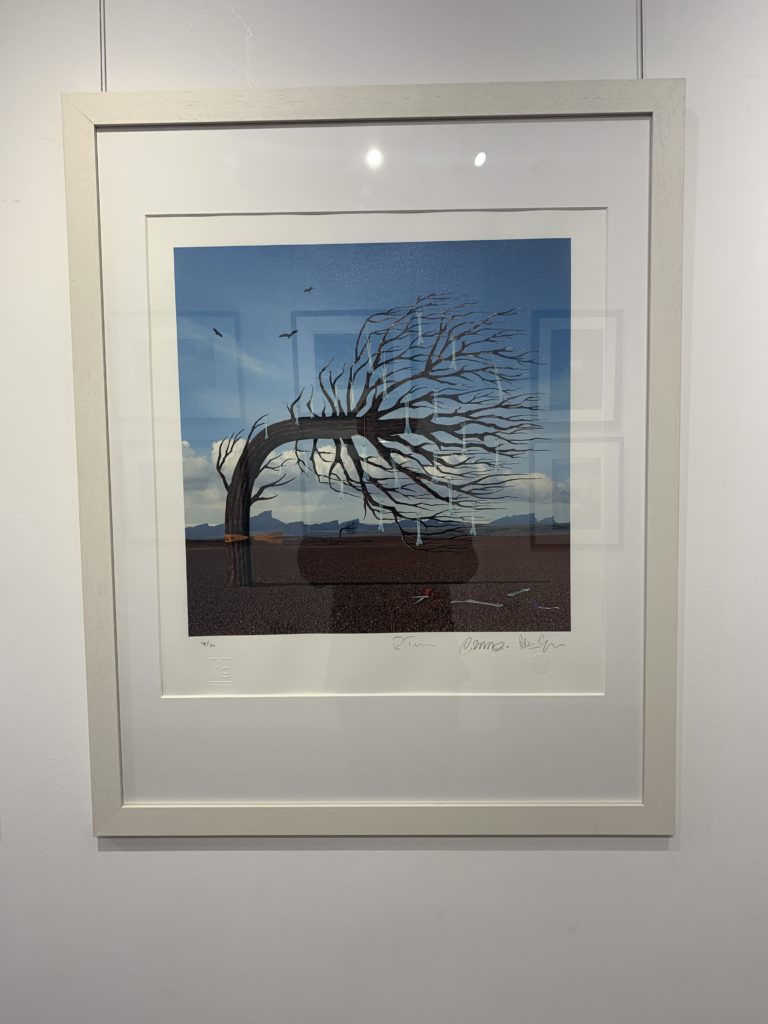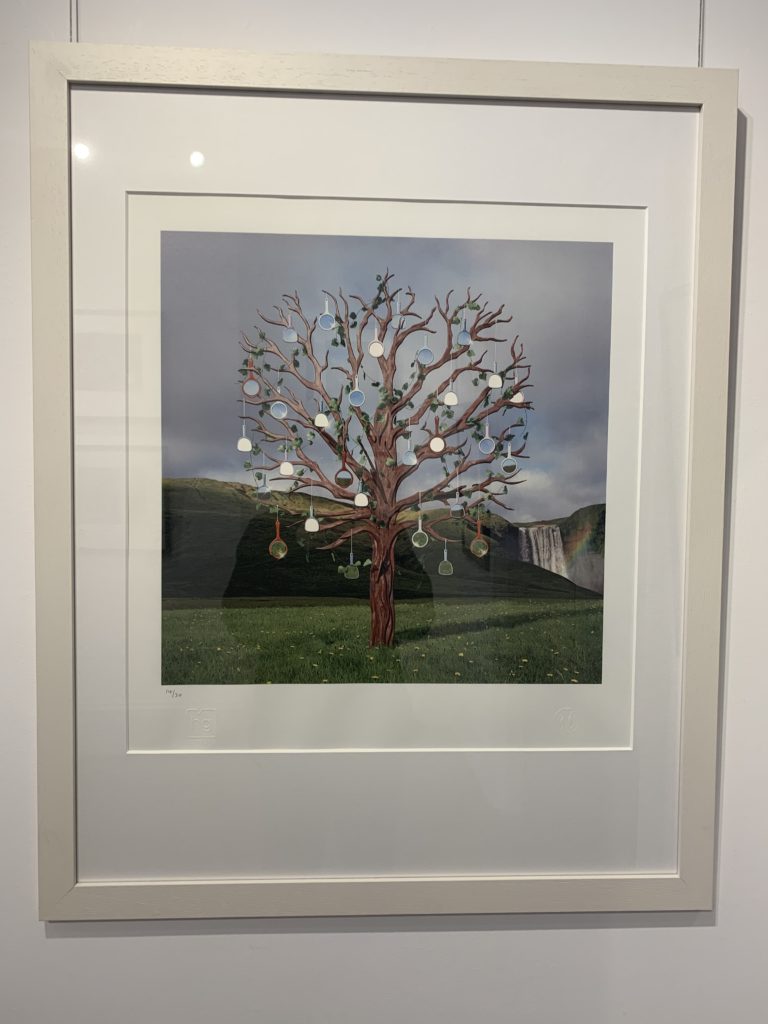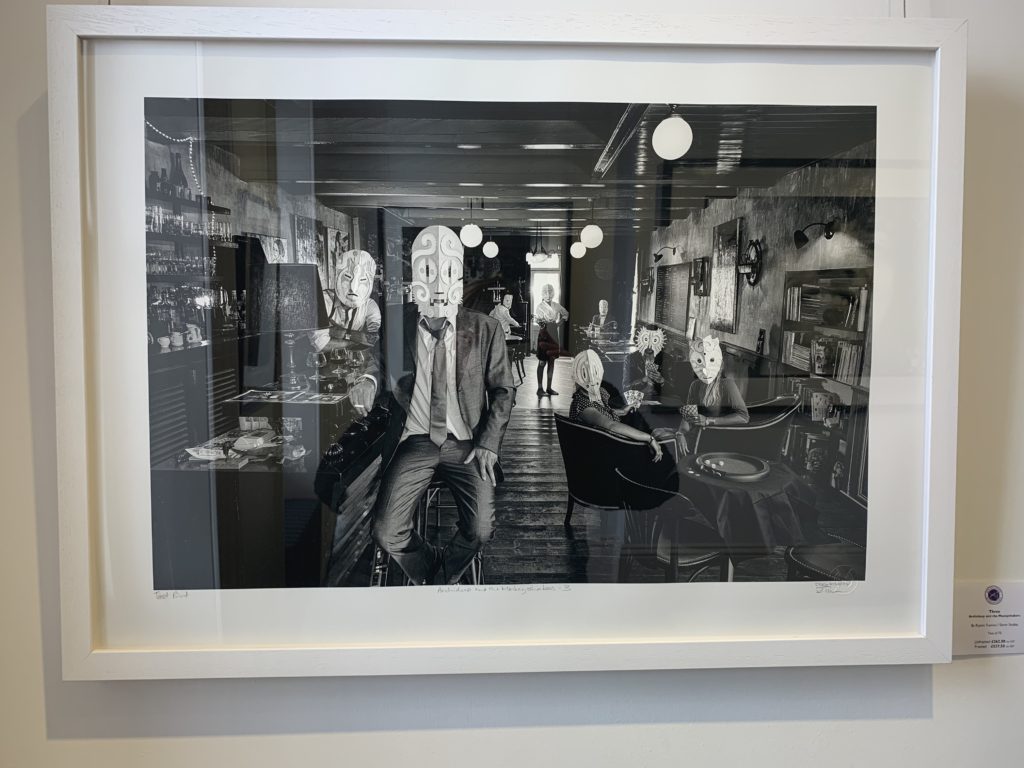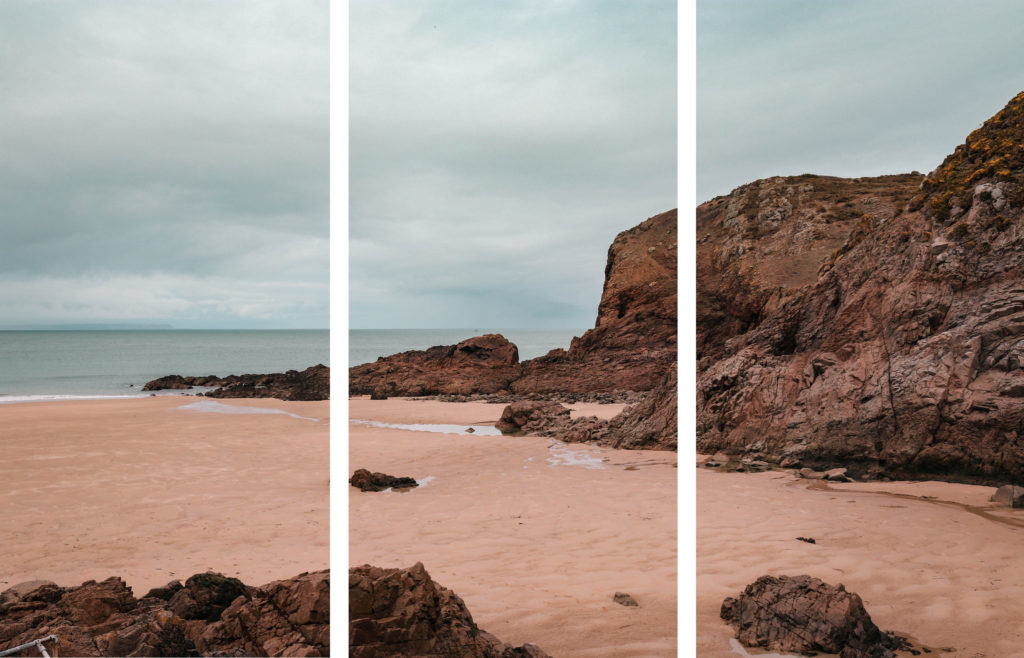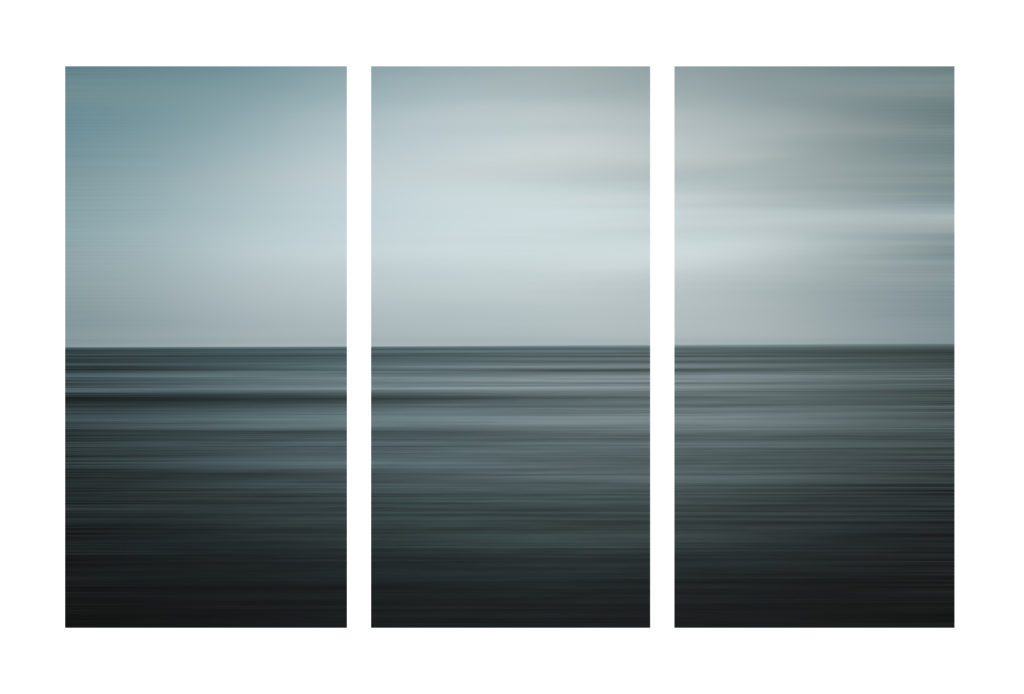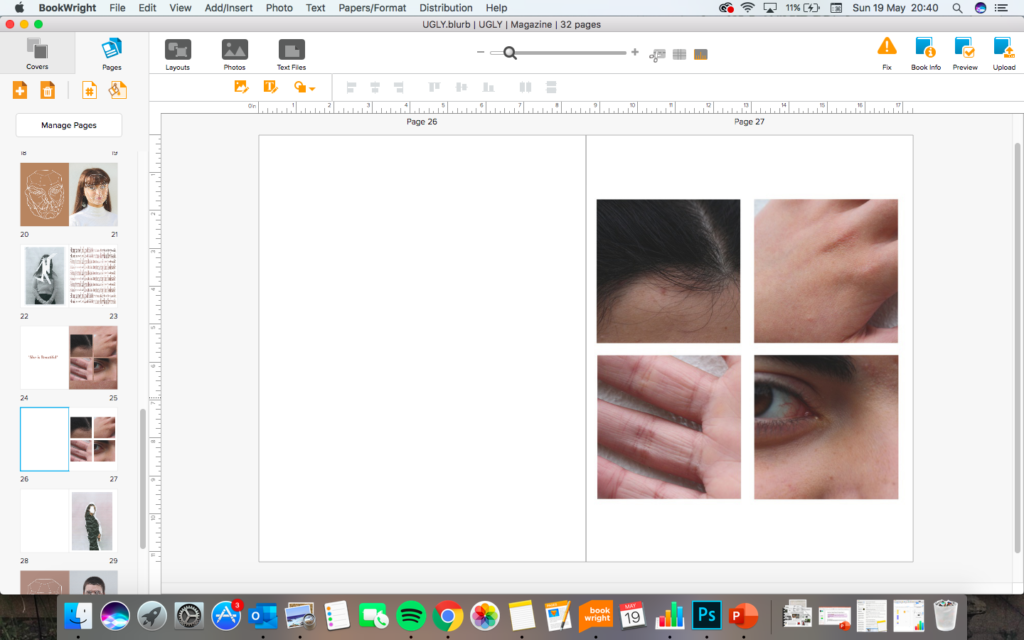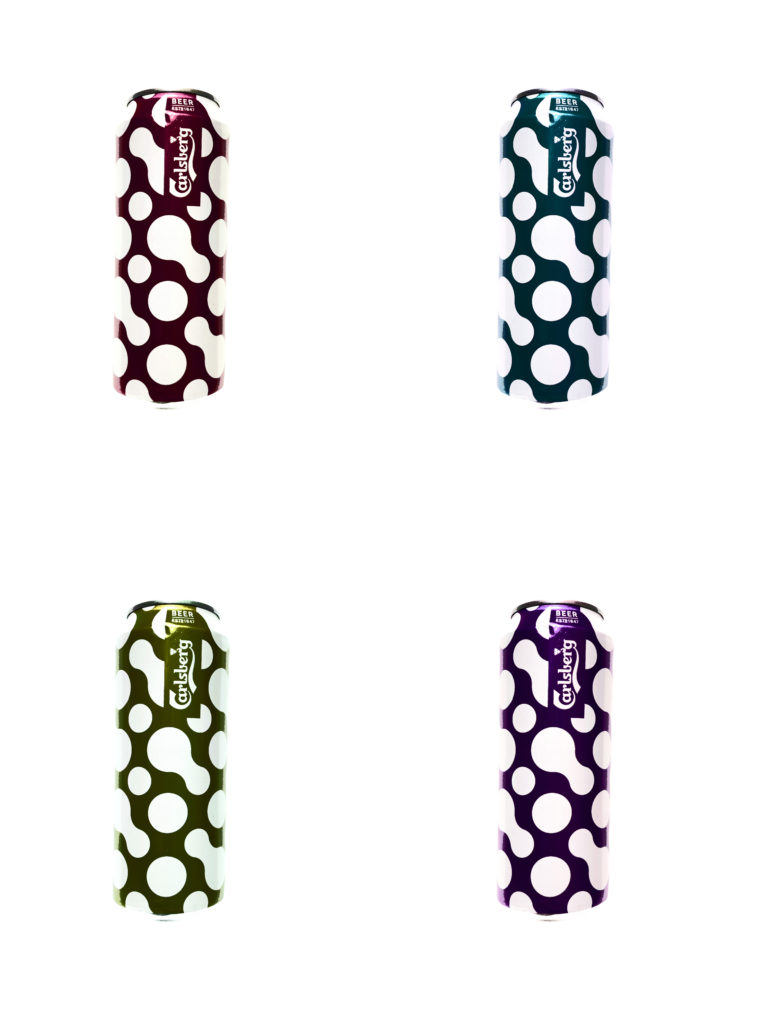I felt that the exam title ‘Variations and Similarities’ fitted my style of photography well because it meant I was able to explore landscape photography and produced a wide range of images that looks at the movement of the sea. I found that this project was very successful because it allowed me to explore the beauty of nature, and also explore the science behind tidal movements and what forces have an impact on the sea. For my final presentation, I have decided to present eight (four sets of two) of my images in window mounts, size A4. I have used a black mount board because I felt that this framed my images without taking anything away from the photographs. I have also decided to create a photo book which I plan to capture the feeling of movement throughout.
The key link between my project and the exam theme ‘Variation and Similarity’, was the contrasting images and the differences between high and low tides. The photographers that inspired me throughout this project were Hiroshi Sugimoto because of his simplistic ocean landscape photographs, and Michael Marten‘s contrasting images of landscapes and different times and tidal levels.
If I was to do this exam unit again I would keep to the same concept because enjoyed being able to explore tidal movements as a whole as well as landscape and movement photography. However, I would want to extend my photo shoots so that I could produce a wider variety of contrasting sets of images for my final presentation. Having a wider variety of images would allow me to create a final presentation and photo book at a higher quality. Also, I would include some of the research I found and this would allow me to develop the text elements in my photobook.

